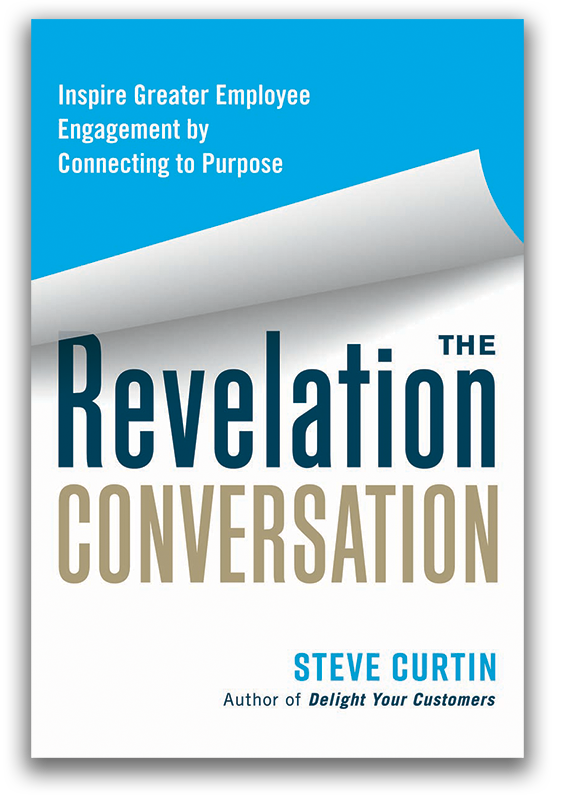 This is the fifth post in a series that will explore a set of questions I received from participants during a webinar on the topic of customer service. (I say “explore” rather than “answer” because I’ve discovered over the years that there is rarely a single right answer to these types of questions. More often, there are a variety of solutions or guidelines that, when applied, produce successful outcomes.)
This is the fifth post in a series that will explore a set of questions I received from participants during a webinar on the topic of customer service. (I say “explore” rather than “answer” because I’ve discovered over the years that there is rarely a single right answer to these types of questions. More often, there are a variety of solutions or guidelines that, when applied, produce successful outcomes.)
Question: We struggle at times with long wait times before a customer receives service. What are your tips for creating positive outcomes in those situations?
As lines form and wait times increase, employees’ behavior is often at one extreme or the other: either they appear agitated and anxious (which tends to heighten customers’ anxiety) or aloof and unconcerned (which can further frustrate waiting customers). In such situations, it’s best to assertively manage the delays.
- Recognize the wait (don’t pretend there was none) and apologize to the customer for the delay (but don’t belabor it—she’s already waited long enough). Demonstrate a sense of urgency when serving her.
- In a face-to-face setting, make eye contact and nod to convey that you acknowledged the customer’s presence and are intent on serving her.
- Disney has long waits. They entertain park guests with audio and visual elements and spontaneous appearances by costumed characters to mitigate delays.
- Supermarkets offer self-service options, as do fast-food restaurants, banks, and airlines, to reduce wait times for all of their customers, whether or not they choose the self-service options made available.
- Restaurants may provide an amuse-bouche, a chef’s taste, to reduce the perception of a delay between appetizers/salads and entrees.
I recall a true story that illustrates the impact our perception has on wait times. It involves a 10-story apartment building in San Francisco whose residents regularly complained about the long wait on an elevator.
To remedy the problem, the building’s owner spent $175,000 to modernize the elevator and replace the decades-old motor with a brand new one. The owner had recorded wait times prior to and after the overhaul and, sure enough, the upgrade shaved several seconds off the wait time.
The owner, pleased with himself, surveyed residents on their satisfaction with the new elevator system and was shocked to receive comments like: “Slow as ever…” and “No faster than before.”
Perplexed, he shared the situation with his brother who had an idea: He hired a company to install mirrors adjacent to each of the elevators on every floor.
When the residents were re-surveyed about elevator speeds in the days following the installation of the mirrors, the comments had changed to: “A vast improvement” and “Much faster.”
Although actual wait times had not changed, perceived wait times had. (By the way, the mirrors only cost $5,216.)
In the first paragraph, I suggested that there’s rarely a single “right” answer to these types of questions. You’ve read my response. Now it’s your turn. How would you respond to the above question?
Don’t settle for ordinary. Choose extraordinary. (It’s always a choice.) Order Delight Your Customers: 7 Simple Ways to Raise Your Customer Service from Ordinary to Extraordinary by Steve Curtin or purchase from select retailers, including Barnes & Noble.
Watch the 90-second book trailer.
Illustration by Aaron McKissen.



